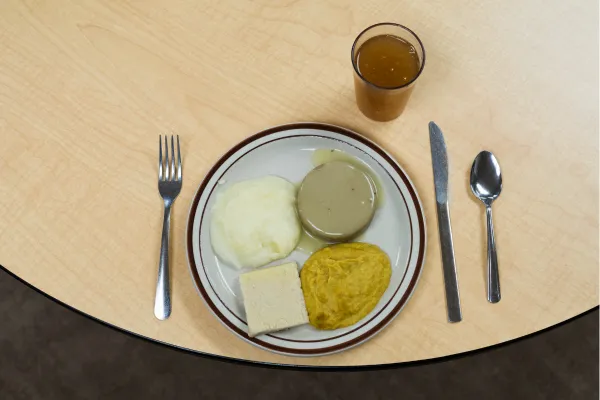
“Do I Have to Eat Puréed Food Forever?” – Answers to Common Swallowing Concerns
If you’ve been told to eat puréed food because of swallowing problems, you might be wondering…
“Is this forever?”
“Will I ever eat normal food again?”
“Is there anything else I can do?”
These are some of the most common—and most emotional—questions we hear from patients and families.
Being placed on a puréed or texture-modified diet can feel like a major loss. Suddenly, food becomes a source of fear, not joy. You might worry about choking or coughing. Meals feel bland, boring, and isolating. And it’s easy to assume that this is how it will be from now on.
But here’s the truth:
No, you don’t have to eat puréed food forever.
And yes—there are options.
Why Puréed Food Is Often Recommended
When someone has dysphagia (difficulty swallowing), there’s a risk that food or drink may go “down the wrong way”—into the lungs instead of the stomach. This is called aspiration, and it can lead to choking or pneumonia.
Puréed food is often suggested as a quick way to reduce that risk. It’s smooth, moist, and easier to swallow. But while it’s safer in the short term, it’s not always the only or best long-term solution.
The Downsides of Long-Term Puréed Diets
For many people, staying on puréed food for too long has real consequences:
Loss of appetite: Food looks and tastes different—so you eat less.
Nutritional deficiencies: You may miss out on fibre, protein, and key vitamins.
Dehydration: Especially if you're also using thickened drinks.
Social isolation: You stop eating out, or avoid family meals.
Emotional distress: You may feel embarrassed, frustrated, or even depressed.
That’s why a comprehensive swallowing therapy plan is so important—because it can help you safely move beyond puréed foods, if and when it’s possible.
How Swallowing Therapy Can Help
Working with a specialist speech and language therapist (SLT) offers a better approach—one that’s personalised, evidence-based, and focused on progress.
Here’s what that typically involves:
1. Thorough Swallowing Assessment
Every patient is different. We start with a full assessment of:
Muscle strength and coordination
Timing of your swallow
Coughing or voice changes after eating
What textures you tolerate best
Sometimes, we recommend further tests like a videofluoroscopy (a special X-ray) to see exactly how your swallow is working.
2. Tailored Strategies for Eating Safely
Rather than relying solely on diet changes, we teach:
Safe swallowing techniques (like effortful swallow, chin tuck, or double swallow)
Pacing and posture adjustments
Exercises to strengthen swallowing muscles
Breath support and coordination techniques
The goal is always to reduce aspiration risk while improving what—and how—you can eat.
3. Gradual Reintroduction of Textures
In many cases, we help patients move from puréed to soft, bite-sized, or even regular foods—safely and confidently.
We do this gradually, with ongoing support and monitoring. You’re never pushed or rushed. And your voice is always central in deciding what foods matter most to you.
So… Will You Be on Puréed Food Forever?
Not necessarily.
If you’re working with a skilled swallowing therapist, have the right strategies in place, and your body responds well to exercises, many people are able to expand their diet safely.
Even if puréed food is still needed for now, therapy can improve:
✅ How confident you feel eating
✅ How much you enjoy meals
✅ Your hydration, nutrition, and overall wellbeing
Don’t Settle for Less Than You Deserve
You deserve to enjoy food again.
You deserve to eat with dignity.
And you deserve support that looks at the whole picture—not just what’s “easiest to manage.”



